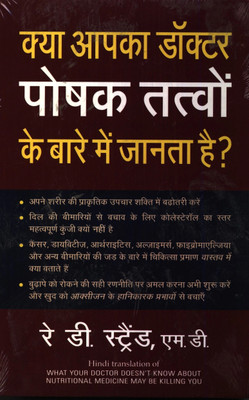
Pratham Manabir Swar Therigatha ||A Collection Of Verses Written By Therigatha—The Auspicious Hymns Of The Tripitaka, The Buddhist Scriptures || Written By Best Selling Bengali Author Swati Ghosh || Trending (Hardcover, Swati Ghosh)
Price: Not Available
Currently Unavailable
Highlights
- Binding: Hardcover
- Publisher: Ananda Publisher
- Genre: Literature & Fiction
- ISBN: 9789390440856
- Edition: 1st, 2024
- Pages: 200
Description
Buddhist nuns, called Sthabiri, Theri in Pali, composed a collection of verses written by Therigatha—the auspicious hymns of the Tripitaka, the Buddhist scriptures. The Gathas are rich in narratives about the spiritual realization of Buddhist nuns—renunciation of samsara, entry into monastic life after seeking refuge with Gautama Buddha, and sadhana experiences. This collection of seventy-three poems in five hundred and twenty-two verses is considered a source of religious inspiration. The Therigatha is often like the Theris talking to themselves. The Therigatha tells how the experience of being inspired by Buddhism becomes a part of living through the small acquaintances of daily life, when the moments of happiness, sadness and pain change into joy, how the private feelings of religious life become poetry in the girls' own aesthetic sense. In this amazing Therigatha, two and a half thousand years ago, the girls of India forgot their bodies, forgot their love, and found great joy in the thought of liberation. The first poetry of girls, the first independent voice of girls has come alive from dying Pali to vibrant Bengali language. This story is so old that it is lost in age, so novel in thought that it cannot be found. At once private and public. The Therigathas are so remarkable for making spiritual history the subject of poetry that even after two and a half thousand years, the Theris' collective quest for emancipation in friendship and goodness seems relevant even today.
Read More
Specifications
| Publication Year |
|
Ratings & Reviews
3.3
★
3 Ratings &
0 Reviews
- 5★
- 4★
- 3★
- 2★
- 1★
- 1
- 1
- 0
- 0
- 1
Have you used this product? Be the first to review!
Be the first to ask about this product
Safe and Secure Payments.Easy returns.100% Authentic products.
Back to top




